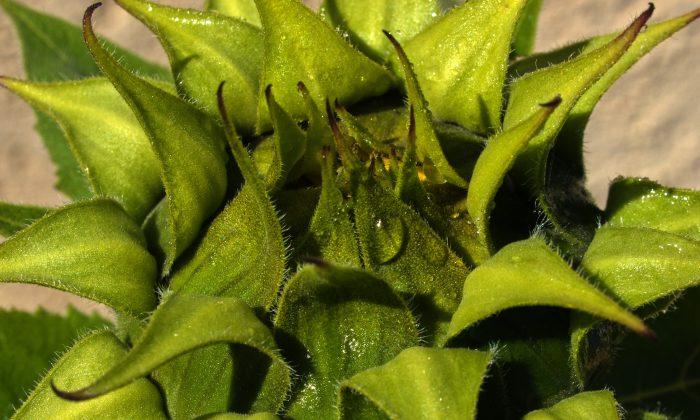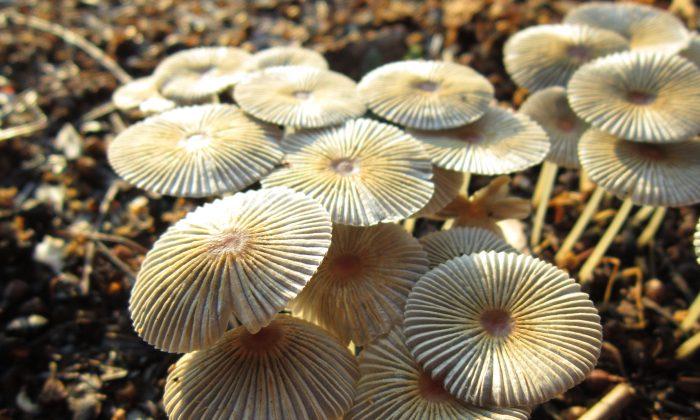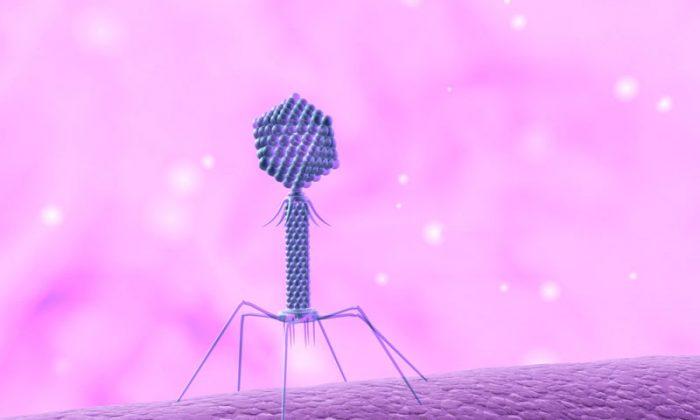The discovery of how plants control their shape and development at the cellular level could lead to better cotton fibers, plants that are better able to defend against insects, and roots that can take on severe drought.
“This collaboration enabled us to learn more about what really controls plant cell shape in one year than we had in the previous 10,” says Daniel Szymanski, professor of botany and plant pathology at Purdue University.
“The degree to which our discoveries linked interacting systems and provided clear explanations for cell shape control was great. The opportunities to apply this knowledge are limitless.”
Strength Of Steel
For a new study, researchers used a combination of experimental data from live plant cells and computational modeling to gain new insights into how plant cytoskeletons—intricate networks of protein fibers and tubes within cells—cooperate to produce complex cell shapes.
Unlike mammalian cells, plant cells are rigid, constrained by a thick wall of fibers that have the tensile strength of steel. Plant cells can also come in complicated shapes, such as the pointed, three-branched Arabidopsis trichomes that served as cell models in the study.
Previous research had shown that two intracellular fiber systems control plant cell shape: the microtubule cytoskeleton and the actin cytoskeleton. A protein complex moves along the microtubules—tiny tubes in the cell—leaving behind fibers that are patterned into the cell wall. These fibers act like hoops around a barrel, holding the cell in a cylindrical shape as it expands. Actin, a type of protein, is also essential for plant shape and development, but its role has not been well understood.
Low-hanging Fruit
The new study, published in the journal Nature Plants, shows actin fibers run throughout the cell, forming a network of long-distance “roadways” along which additional materials for the cell wall are transported. A protein complex known as ARP2/3 controls the production and distribution of actin in the cell and directs traffic along these roadways from its position at the tip of the trichome. It also forms a meshwork of actin that can influence the behavior and organization of the rest of the cell.
“How this protein complex influences the actin network of the cell was a major discovery,” Szymanski says. “If we can learn more about the interactions between the actin and microtubule systems, we could translate this knowledge into improved cotton fibers and trichome plant defense systems in crop species. Engineering these is low-hanging fruit.”
Two-color live-cell imaging showed that traffic along the actin network flows in two directions—toward the tip and toward the base. New material is delivered via this network to maintain new wall synthesis during cell growth, though further research is needed to reveal what types of cell wall cargo are being delivered on the actin tracks, Szymanski says.
Cell Wall Properties
University of Nebraska-Lincoln engineers Joseph Turner and Anastasia Desyatova used Szymanski’s cell measurements to design a computational model of a thin-walled pressurized cell that could be divided into sectors with different mechanical properties.
The model is the first to include wall fibers and also reflected the tremendous internal pressure of a plant cell—90 pounds per square inch, about the same pressure as a road-bike tire.
The model produced a number of predictions about cell wall properties that Szymanski then verified in live trichomes.
Actin allows the cell wall to maintain a thickness gradient—thicker at the base and thinner at the tip—as it grows. Actin also enables the cone-shaped tip of the cell to change in a fixed pattern, generating a highly specialized shape that is effective in insect defense.
Additionally, the team found that shape is set early in cell development and remains unchanged as the cell expands.
“The beauty of this modeling is that it can be applied to any plant cell,” Szymanski says. “By combining biochemistry, genetics and cell biology, we can better understand how cell wall properties are determined. This could lead to breakthroughs in other cell types as well.”
Understanding cell shape could also be used to model organ growth and development, he says.
“By controlling the geometry and growth rates of groups of cells, you could then scale this up to control the size and shape of an organ such as a leaf, which is crucial for plant productivity.”
The National Science Foundation funded the work.
Source: Purdue University. Republished from Futurity.org under Creative Commons License 4.0.




Friends Read Free